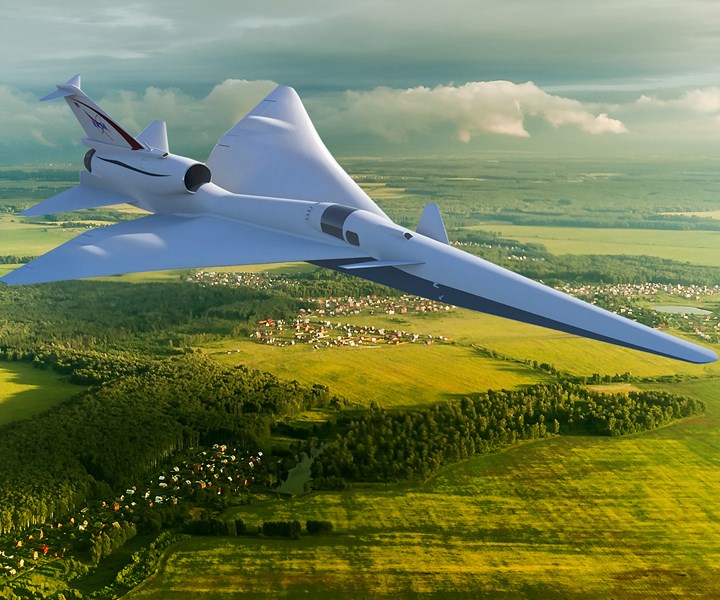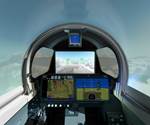NASA X-59 supersonic research aircraft cleared for final assembly
Lockheed Martin is scheduled to complete construction of the X-59 Quiet SuperSonic Technology (QueSST) aircraft’s systems in late 2020, with first flights in 2021.

Source | NASA
The X-59 Quiet SuperSonic Technology (QueSST) aircraft — NASA’s first large-scale, piloted X-plane in more than three decades — has recently been cleared for final assembly and integration of its systems, following a major project review by senior managers at NASA headquarters in Washington, D.C., U.S.
According to NASA, the management review, known as Key Decision Point-D (KDP-D), was the last programmatic hurdle for the X-59 aircraft to clear before officials meet again in late 2020 to approve the airplane’s first flight in 2021.
The X-59 is shaped to reduce the loudness of a sonic boom reaching the ground — NASA says all that will be heard is a gentle thump, if it is heard at all.
Construction of the X-59, under a $247.5 million cost-plus-incentive-fee contract, is continuing at Lockheed Martin Aeronautics Co.’s Skunk Works factory in Palmdale, Calif., U.S.
Three major work areas are actively set up for building the airplane’s main fuselage, wing and empennage. Final assembly and integration of the airplane’s systems, including the cockpit eXternal Visibility System, is targeted for late 2020.
The aircraft will be flown above select U.S. communities to generate data from sensors and people on the ground in order to gauge public perception, and that data will reportedly help regulators establish new rules to enable commercial supersonic air travel over land.
“With the completion of KDP-D, we’ve shown the project is on schedule, it’s well planned and on track. We have everything in place to continue this historic research mission for the nation’s air-traveling public,” says Bob Pearce, NASA’s associate administrator for aeronautics.
Management of the X-59 QueSST development and construction falls under the project, which is part of NASA’s .
Related Content
-
The next-generation single-aisle: Implications for the composites industry
While the world continues to wait for new single-aisle program announcements from Airbus and Boeing, it’s clear composites will play a role in their fabrication. But in what ways, and what capacity?
-
Infinite Composites: Type V tanks for space, hydrogen, automotive and more
After a decade of proving its linerless, weight-saving composite tanks with NASA and more than 30 aerospace companies, this CryoSphere pioneer is scaling for growth in commercial space and sustainable transportation on Earth.
-
Welding is not bonding
Discussion of the issues in our understanding of thermoplastic composite welded structures and certification of the latest materials and welding technologies for future airframes.
.jpg;width=70;height=70;mode=crop)





